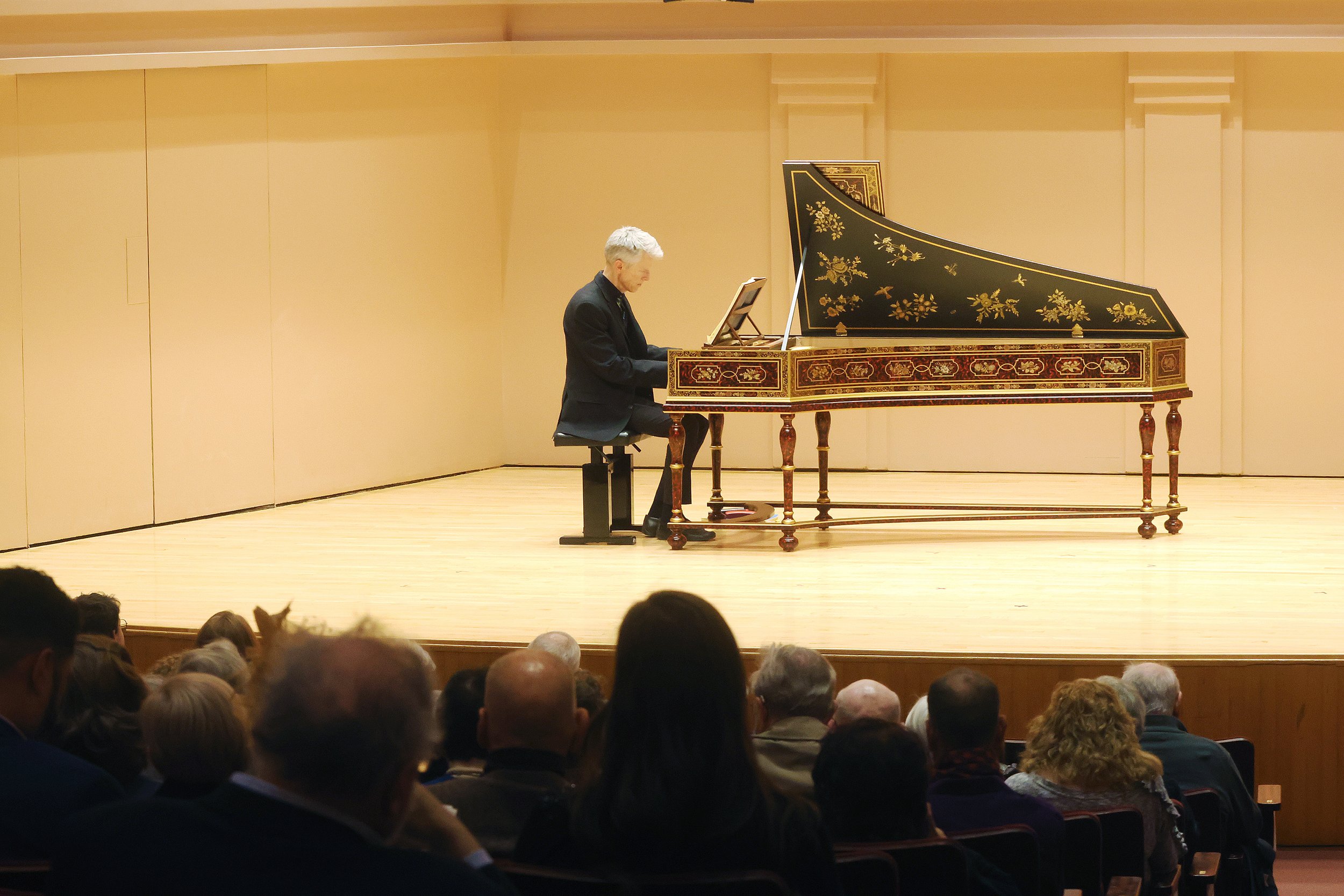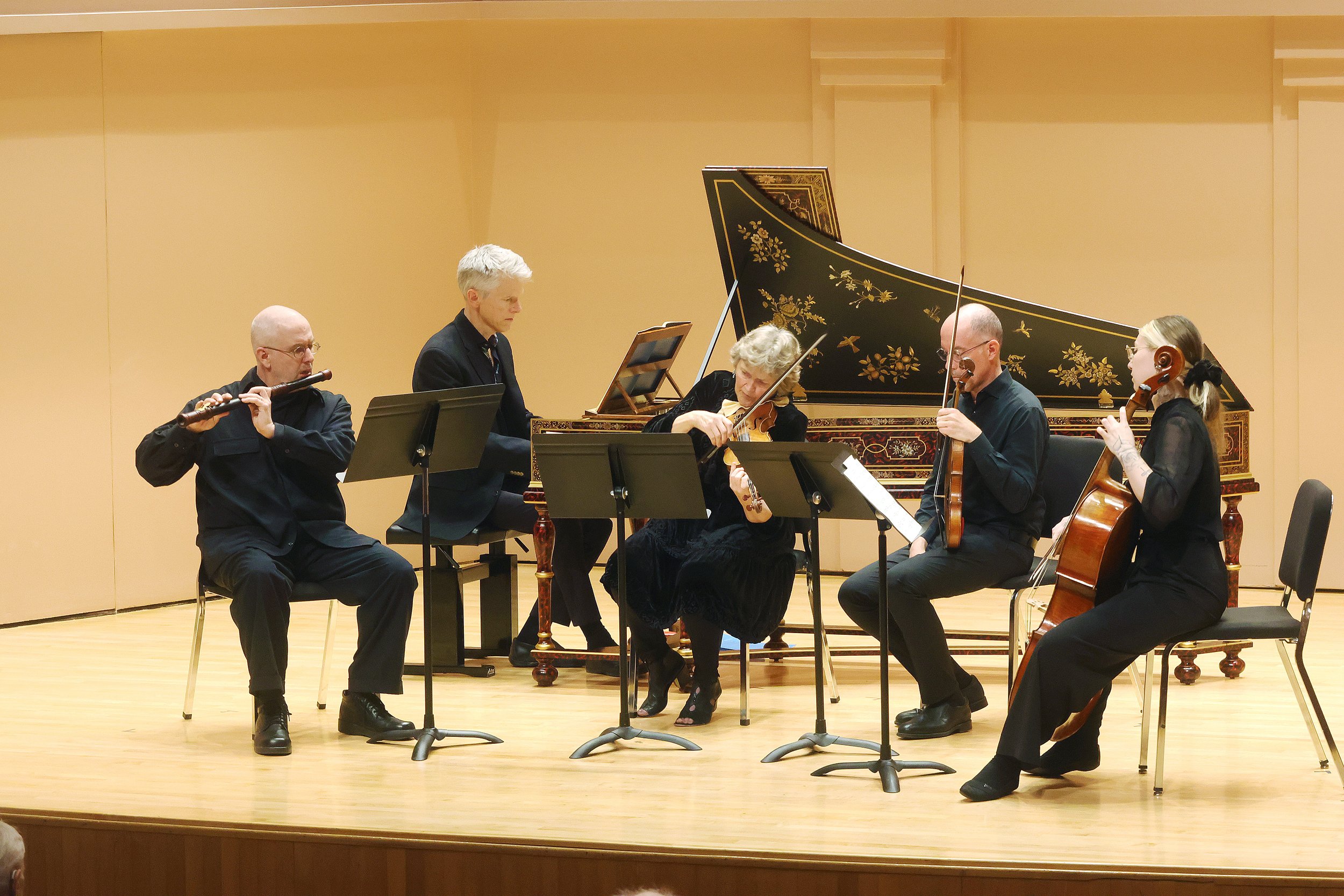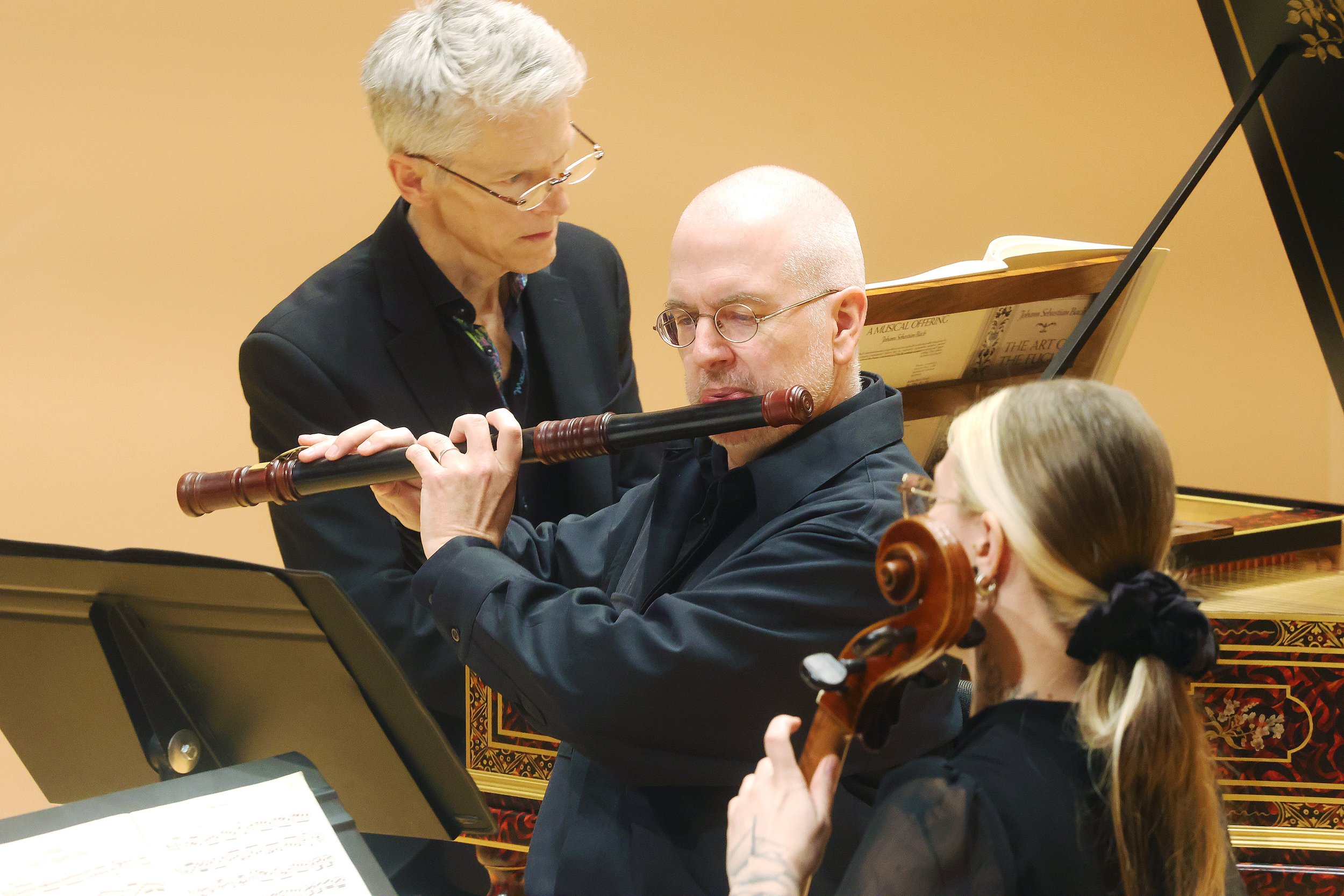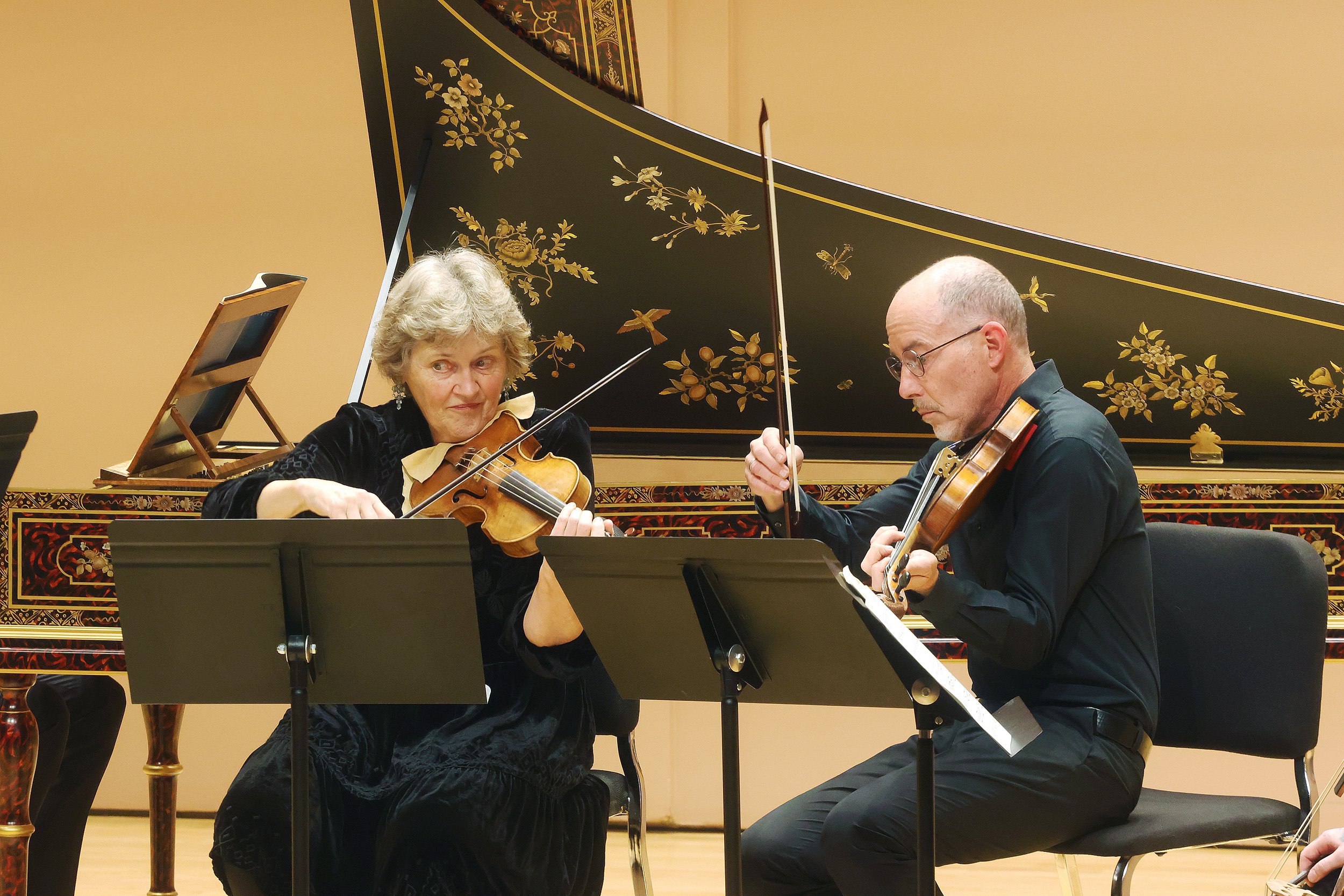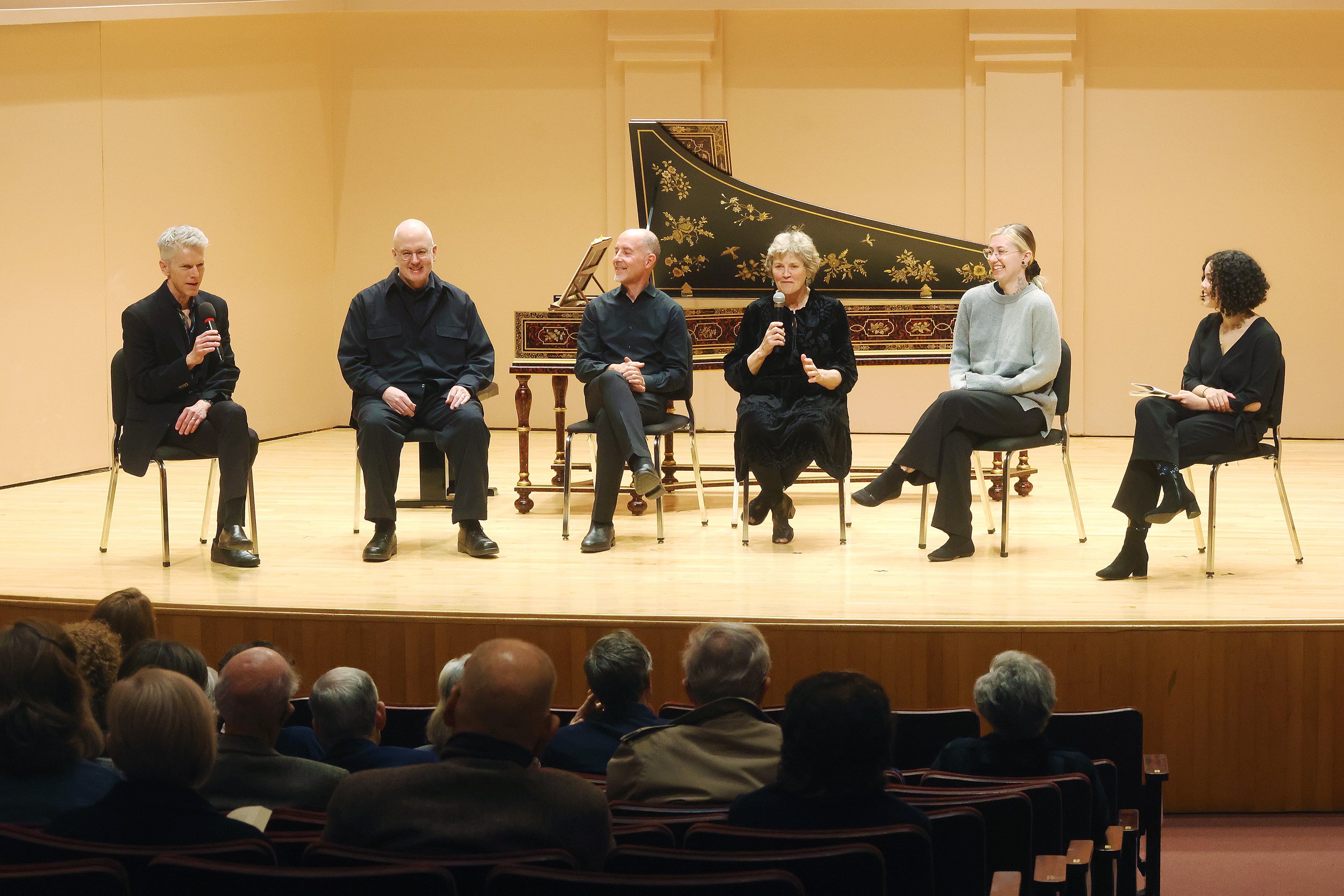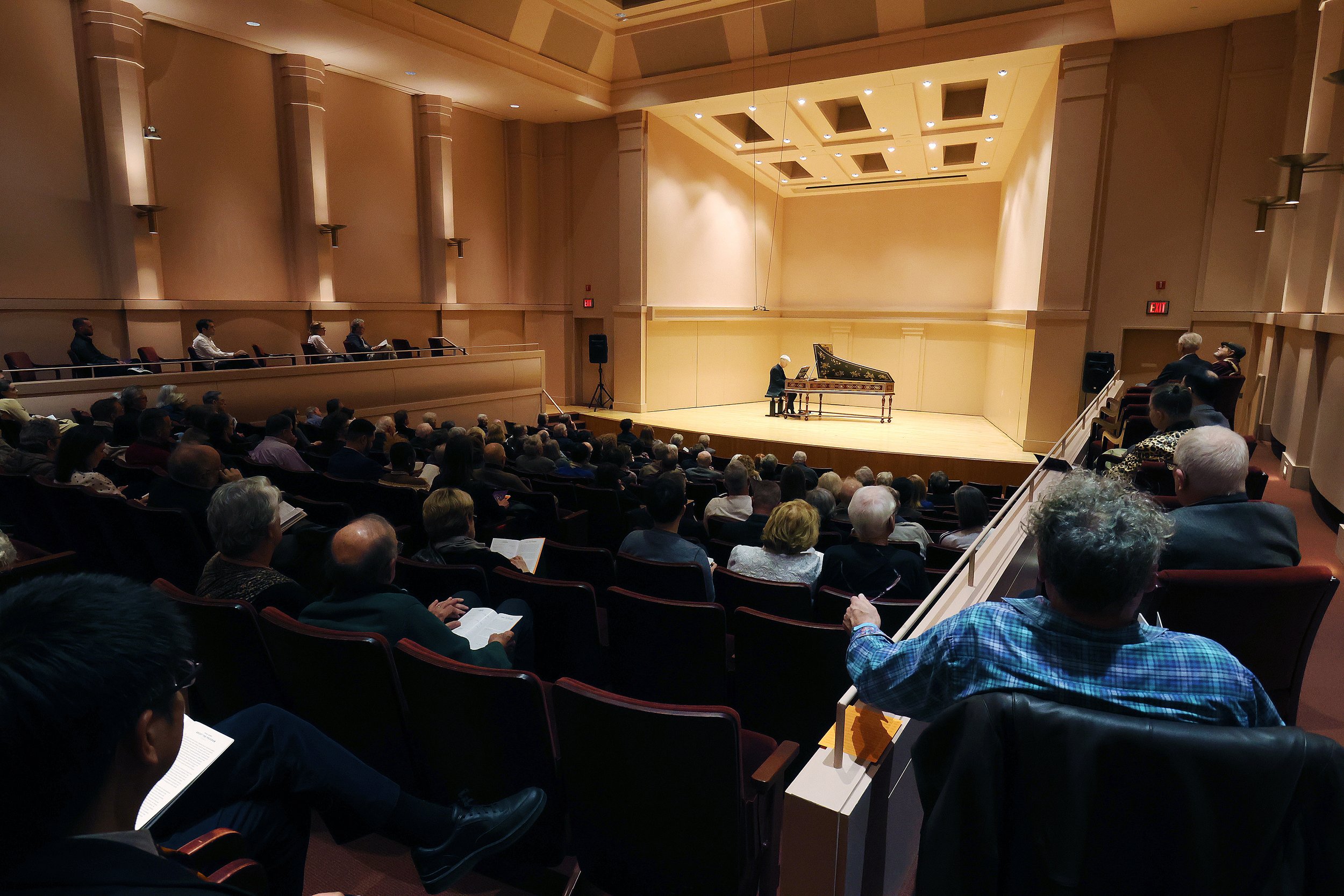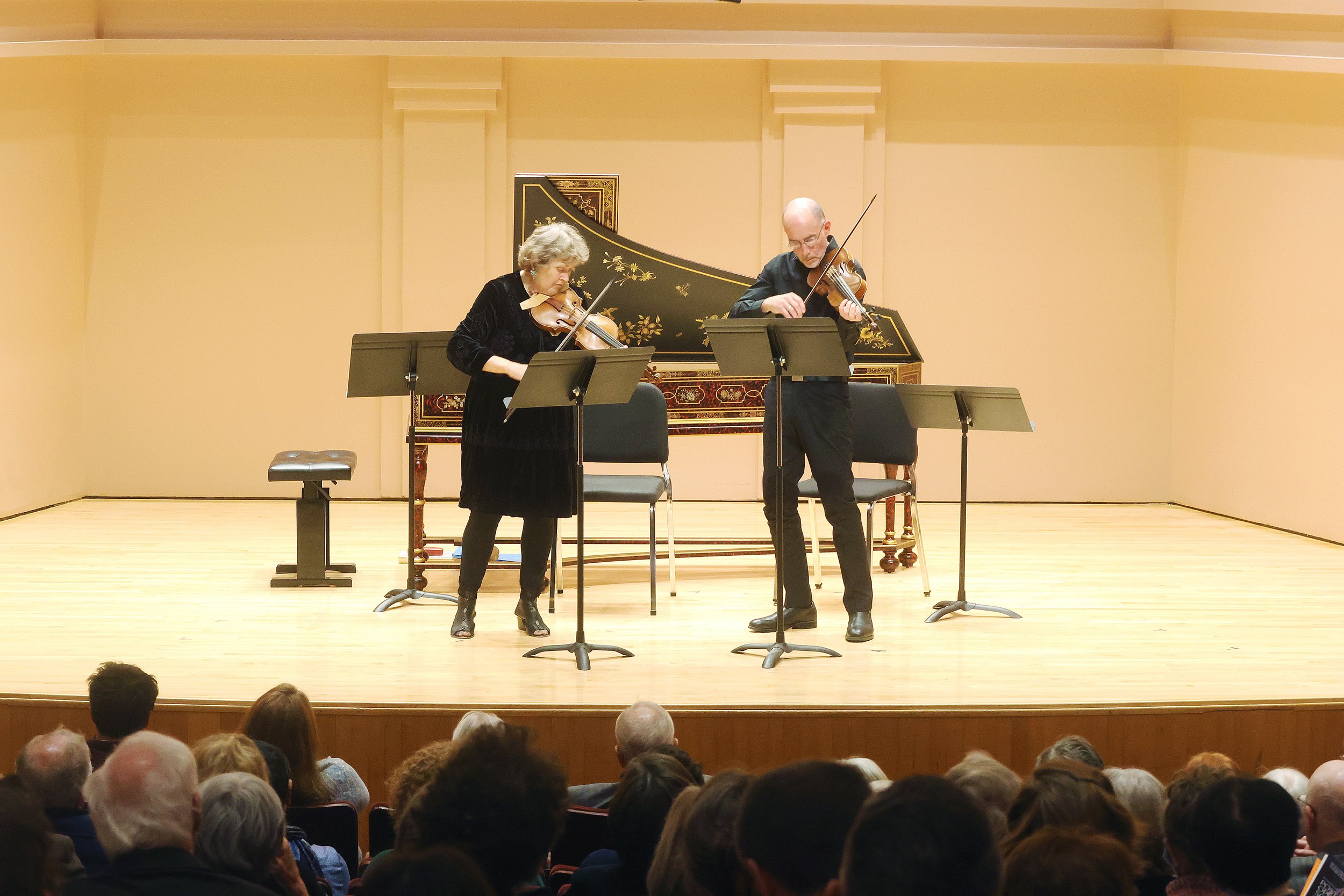Fugal Games
Saturday, January 13, 2024 at 4 pm
Duncan Recital Hall, The Shepherd School of Music at Rice University
6100 Main St, Houston, TX 77005
Google Maps
Fugal Games takes up an enigmatic though quintessentially Baroque mode of music-making while celebrating the release of artistic director Matthew Dirst’s new book on Bach’s Art of Fugue and Musical Offering, the composer’s ultimate demonstrations of learned counterpoint. With significant excerpts from both works, this program also supplies context in the form of miniature marvels by George Philipp Telemann.
Artistic Personnel
Colin St-Martin, traverso & recorder
Elizabeth Blumenstock, violin & viola
Stephen Redfield, violin
Sydney ZumMallen, cello
Matthew Dirst, harpsichord & artistic director
The concert will feature a short book talk and Q&A in the hall with all the artists immediately following the performance, optional and open to all concertgoers.
Audience Testimonials and Photos
“Most enjoyable! Absolutely ranks among the best of world-class Bach and counterpoint as played on period instruments. The performance was followed by a wonderful Q&A which led beyond the obvious aural attraction, and helped explain the additional mental attraction that leads many to an intoxication of Fugue (and Canon)” -Anonymous
“Fugal Games was an outstanding Baroque Music experience. The complexity of the repertoire was extraordinary, yet the melodic and harmonious elements prevailed. We thoroughly enjoyed every note.” -Yvonamor Palix
“After enlightening commentary, all of the beautiful and intricate lines were played with precision and aplomb.” -Bob Wimpelberg
“Superb performances from all and enlightening remarks from Matthew Dirst. I thought that the entire performance was outstanding. Can't think of what I'd like changed.” -Dr. Isabelle Ganz
Concert information
In-person tickets
Seating is first come, first served, with the first few rows reserved for 6-concert subscribers.
Student tickets are available for $15 using promo code STUDENT. Student IDs are required upon entrance.
This concert will not be livestreamed.
On the program
J.S. Bach, Prelude and Fugue in D major BWV 874
J.S. Bach, Canons from Musical Offering BWV 1079
G.P. Telemann, Sonata VI from the Canons mélodieux TWV 40
J.S. Bach, Sonata from Musical Offering BWV 1079
[Intermission]
G.P. Telemann, Fantasie in F Minor TWV 40:16
J.S. Bach, Excerpts from the Art of Fugue BWV 1080
Run time
1.5 hours, including intermission
About the artists
About the book
Matthew Dirst’s latest release “Bach’s Art of Fugue & Musical Offering" offers a comprehensive study of the two masterworks, and is attended for readers of all backgrounds, with engaging and accessible commentary by Dirst. Books will be available for purchase at our concert!
Notes from the publisher Oxford University Press:
The initial volume in a series of American Bach Society Guides, Bach's Art of Fugue and Musical Offering is a comprehensive study of two closely related masterworks of the late Baroque fugal style. This compact guide, intended for practitioners, music scholars, and a general readership, summarizes a considerable body of knowledge about these famously cerebral collections in an engaging and accessible style.
Bach specialist and keyboard player Matthew Dirst explains the Art of Fugue and Musical Offering's idiosyncratic musical language while reviewing how both projects took shape during Bach's final decade. They reflect Bach's lifelong fascination with learned counterpoint, as demonstrated in elaborate series of fugues and canons in both and in an unusually intricate trio sonata in the latter. Dirst provides commentary on individual movements and groups of pieces and on the historical reception of this music, including its impact on other disciplines. Recurring themes include Bach's diligent exploration of contrapuntal types and techniques, his embrace of musical games, and his creative assimilation of diverse musical styles.
About the CD
We are also pleased to be selling hard-copies of Dirst's newest recordings with Acis Productions of Bach's The Well-Tempered Clavier Book 1 on solo harpsichord.
Learn more about the 300th anniversary recording project here.
-
Sometime in the ninth century, medieval church musicians made a profound discovery: that a melody could be made more beautiful when sounded against another musical line. The result, which we call “counterpoint,” remained at the forefront of the Western tradition through the era of Johann Sebastian Bach, its greatest practitioner. Composers of Bach’s day employed distinct varieties of counterpoint in different kinds of pieces, reserving their most sophisticated techniques for keyboard and chamber works in the “fugal style,” meaning those works premised on imitative counterpoint in full harmonic flower. With this program we celebrate that repertoire with excerpts from key collections of Bach alongside some tuneful counterpoint from a good friend and colleague.
A quintessentially Bachian selection comes first: a prelude and fugue from the Well-Tempered Clavier, Book 2. This volume, put together in the early 1740s, likely reflects a decade or more of compositional activity, as Bach created new pieces for his pupils to study and play. In festive music of this era, D major often meant trumpets and drums—echoes of which can be heard in Bach’s exuberant Prelude, with its declamatory opening gestures and nimble figuration. The Fugue, by contrast, is a proudly old-fashioned piece of counterpoint, with multiple overlapping entries (stretti) of a concise theme or “subject.”
One of Bach’s last works in the fugal style stems from his royal audience with Frederick the Great of Prussia in 1747. This epochal event at the Potsdam court—the quintessential juxtaposition of dour tradition with enlightened absolutism—featured a fugal improvisation by the venerable Leipzig cantor, on a complicated musical theme from the monarch’s own hand. Once returned home, Bach refined his improvised three-part fugue while composing afresh a monumental six-part ricercar, ten diverse canons, and a sumptuous trio sonata—all based on the royal theme. He then sent to the King this Musical Offering, as he called it, in a carefully inscribed presentation copy of the engraved edition, made at his own expense. Though we have no record of Frederick’s reaction to it, posterity has long regarded Bach’s extravagant gift as one of the summits of the late Baroque counterpoint. From this learned corpus our program excerpts several canons plus the trio sonata.
The Canon on the Royal Theme, the first to appear in the collection, situates Frederick’s melody in the middle of a three-part texture. Above and below it a regal countermelody appears at staggered entrances, in exact imitation (canon) at the octave. The “Crab” and the Canon for two violins, which appear at the head of a group of five “Diverse Canons” in the collection’s interior, are both premised on canon at the unison. In the former a longish melody that incorporates the royal theme is played against itself, with one voice proceeding normally while the other plays the same series of notes from back to front. (In realization, such a canon mimics the sideways skittering of a crab, hence its nickname.) The latter uses the royal theme as a sturdy bass, above which two violins spar in stylish two-part strict imitation. The Canonic Fugue, as its name suggests, is a canon with fugal aspirations. Over an independent bass line, two voices repeat the royal theme several times and on different scale degrees (in the manner of a fugue subject) while remaining in canon throughout. Just before the end, the royal theme migrates—out of the blue—to the bass for a final statement.
For his royal Sonata, Bach followed the conventional formal plan of the sonata da chiesa or “church sonata” for two treble instruments plus basso continuo. Like many such works from this era, Bach’s four-movement sequence comprises (in order) a sober Largo, a fugal Allegro, a languorous Andante, and a gigue-like concluding Allegro. All except the third movement incorporate Frederick’s theme in distinct ways, in fully invertible textures throughout—that is, with abundant exchange of material between voices.
The royal theme makes its most dramatic appearance in the second movement: after some forty bars and in the bass line, of all places, from which it eventually migrates to the other parts. More covertly, the opening movement’s throbbing continuo line alludes to its basic contours, while the closing movement accelerates it and changes its meter. The third, the only movement from which the royal theme is absent, subjects the “sentimental style” of the Berlin court musicians to sustained critique instead, in a tender yet nearly irrational jumble of swoops and sighs.
Bach began work on the Art of Fugue sometime around 1740 and continued to tinker with this ever-expanding corpus of fugues and canons until shortly before his death in July of 1750. The idea of such a collection—whose contents are likewise premised on a single, remarkably productive theme—seems to have been on his mind for many years. Though Bach’s deteriorating eyesight prevented him from seeing the original edition through to completion, his heirs ensured its publication. Engraved in open score, following the example of an earlier hand copy of the work, the Art of Fugue was surely intended to serve keyboard players principally, though it may be performed by any instrument(s) capable of realizing its densely intertwined musical lines.
As first published in 1751, this grand compendium of the fugal art includes fourteen fugues—each entitled contrapunctus, effectively a learned badge of honor—and four canons, plus alternative versions of various movements. Like no other collection before or since, this volume explores systematically the various subgenres of fugue and canon, in groups of pieces that grow steadily more complex and thus more challenging for the player. This program offers two of its “simple fugues” that explore the imitative possibilities of the main theme on its own: right-side-up in Contrapunctus 1 and inverted melodically in Contrapunctus 3. Two “compound fugues” demonstrate how well the parent melody combines with additional subjects: Contrapuntus 8 has three themes, while Contrapunctus 9 has two. The Canon at the Octave and the Canon at the Twelfth, finally, are both composite works, each of which is premised on a variant of the main theme in strict imitation while also incorporating either melodic or contrapuntal inversion (voice exchange) of their respective thematic material.
With his eighteen Canons mélodieux, published in a single volume in Paris in 1738, Georg Philipp Telemann showed that even the most restrictive kind of musical procedure can be as gracious as dance music or song. These tuneful little wonders may be realized on virtually any instruments; their compact presentation on a single staff means that performers can even share a single copy of the score. Organized as three-movement sonatas, these works combine artifice with toe-tapping pleasure. For the individual movements of Sonata VI, Telemann borrowed familiar Baroque dance rhythms: an opening A-minor Vivace in the style of a bourrée leads to a sweet-sounding siciliano (marked “Soave”) in B-flat major, while the final Allegro alternates playfully between A minor and A major, in the style of a passepied.
Telemann’s Fantasies for unaccompanied violin demonstrate his more serious side. Such pieces require the player to project (through double and triple stops) a texture of multiple independent lines, as in a chamber sonata or a fugue. Like Bach’s better-known sonatas and partitas for unaccompanied violin or cello, Telemann’s Fantasies are multi-movement affairs that combine Italianate melodiousness and German counterpoint. The initial Adagio and Presto of the F-minor Fantasie are its most rigorous movements, while the final two are joined at the hip, with the brief Grave yielding quickly to a lilting Vivace.
© Matthew Dirst
